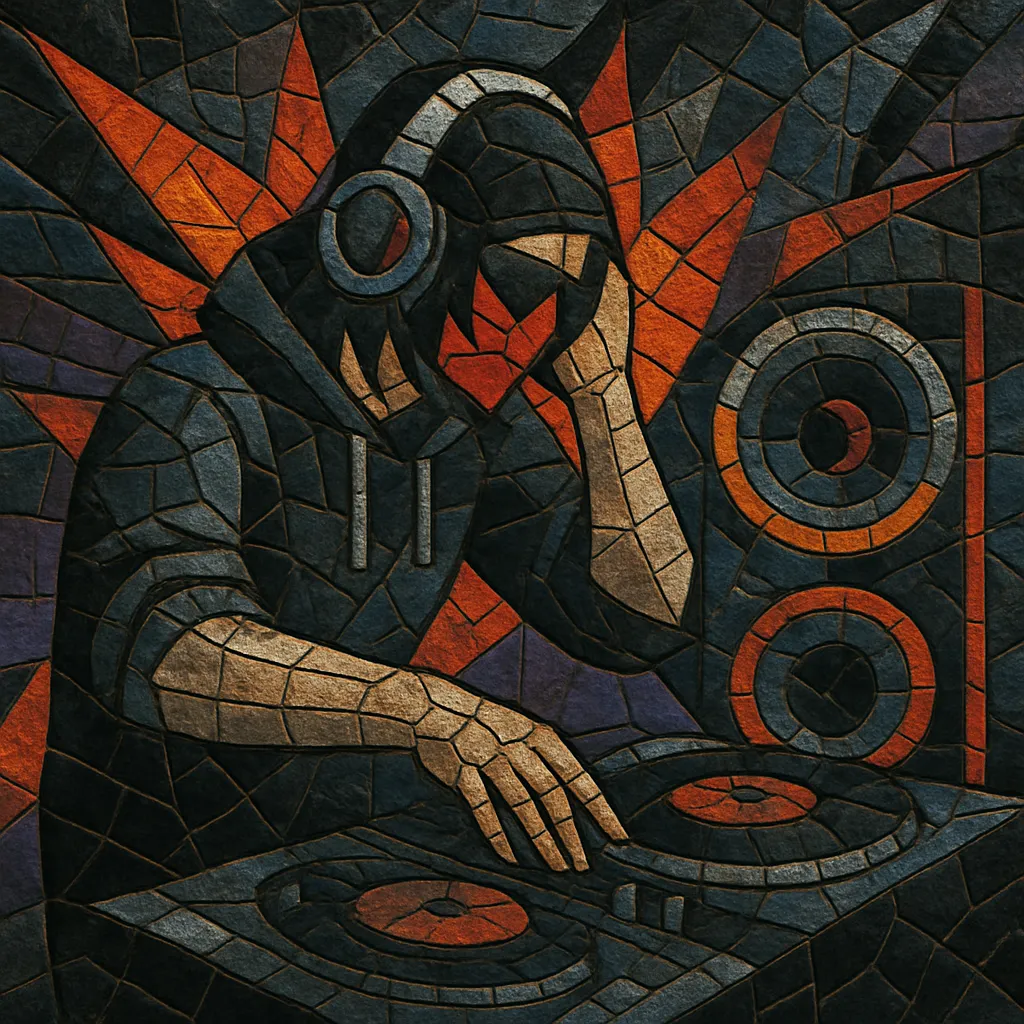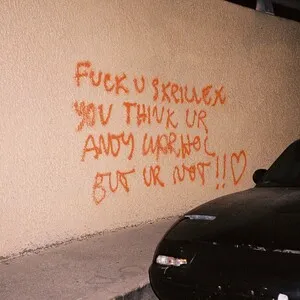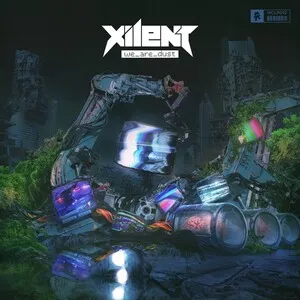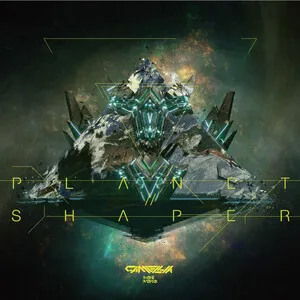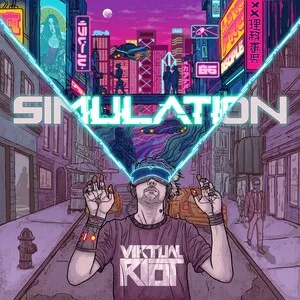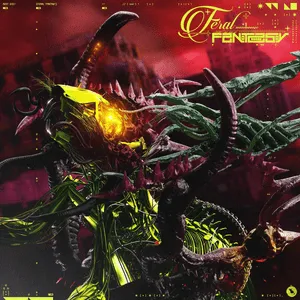Brostep is a high-intensity, EDM-leaning strain of dubstep that foregrounds aggressively modulated midrange basses, dramatic builds, and arena-sized drops.
Where classic UK dubstep emphasizes sub-bass weight, spaciousness, and dubwise minimalism, brostep shifts the focus to bright, distorted, and highly articulated bass sound design, often supported by festival-ready structures and glossy, loud mastering.
Typical tempos sit around 140 BPM (often presented in half-time), with snare on beat 3, punchy kick patterns, and dense fills. Signature sounds include vowel/formant "talking" basses, metallic growls, comb-filtered screeches, and heavy multiband distortion, arranged in call-and-response riffs that drive the drop.
Brostep emerged as a more aggressive, midrange-forward offshoot of UK dubstep at the end of the 2000s. Producers like Rusko and Caspa pushed brighter, wobblier leads and party-oriented energy compared to the darker, sub-heavy minimalism of early dubstep. This shift drew on elements from electro house, drum and bass, and grime, laying the foundation for a new, more maximal bass music aesthetic.
The sound crystallized in the United States in the early 2010s, propelled by Skrillex’s breakout releases (e.g., “Scary Monsters and Nice Sprites”) and the rapid rise of festival EDM culture. YouTube channels and labels such as UKF, Circus Records, OWSLA, and Never Say Die amplified the style’s reach. The term “brostep,” initially used pejoratively by some UK purists, became shorthand for the hyper-compressed, high-impact, midrange-centric sound that dominated main stages at EDC, Ultra, and beyond.
As the style matured, artists refined sound design through advanced wavetable synthesis, resampling, and heavy dynamics processing. Parallel and adjacent strains—like deathstep (heavier, darker) and melodic dubstep (more anthemic, emotive)—interacted with brostep’s toolkit. Crossovers with electro house and trap led to hybrid trap, while a new generation (e.g., Virtual Riot, Barely Alive, Eptic) codified modern production standards with intricate bass articulations and polished mixes.
Brostep’s ascent sparked debate about commercialism versus underground ethos in bass music. Still, its impact on global EDM is indisputable: it normalized advanced bass sound design, popularized half-time drops in festival contexts, and influenced subsequent waves such as color bass and hybrid trap. Today, brostep-endowed techniques and structures remain core vocabulary across contemporary bass music.

